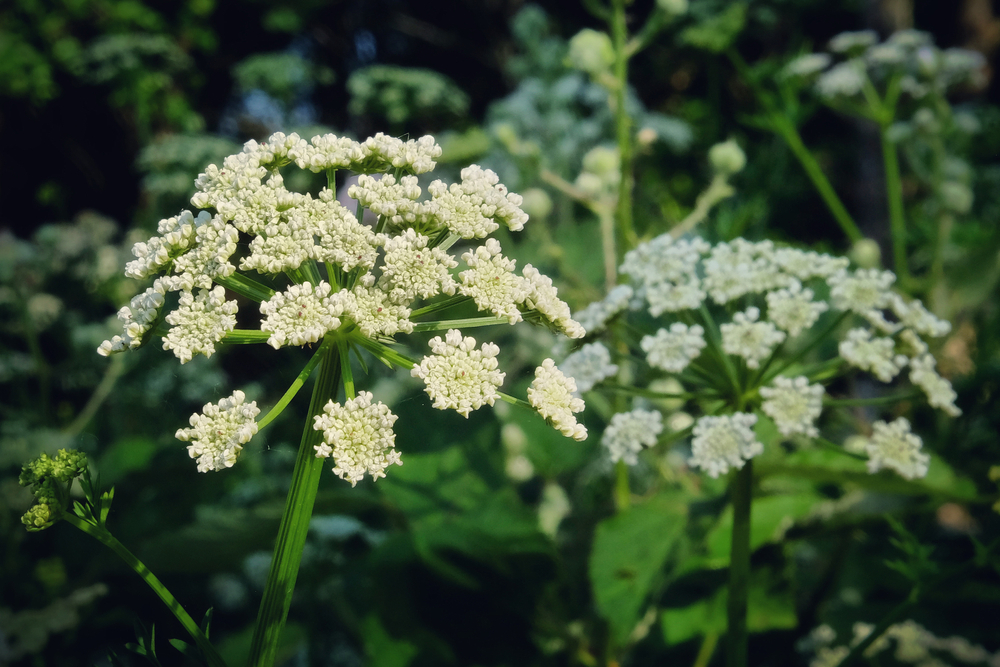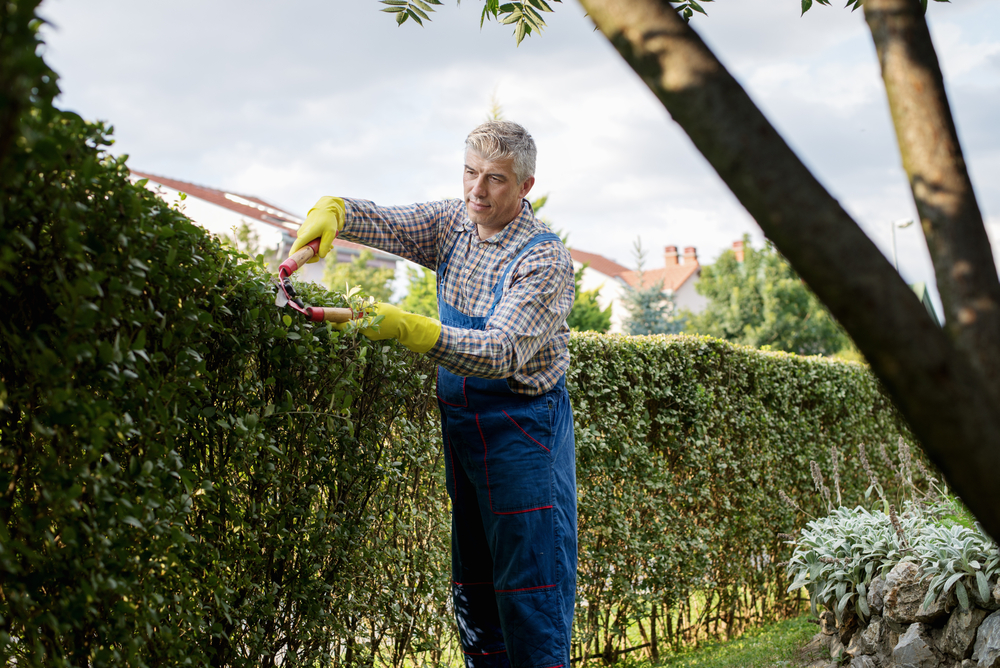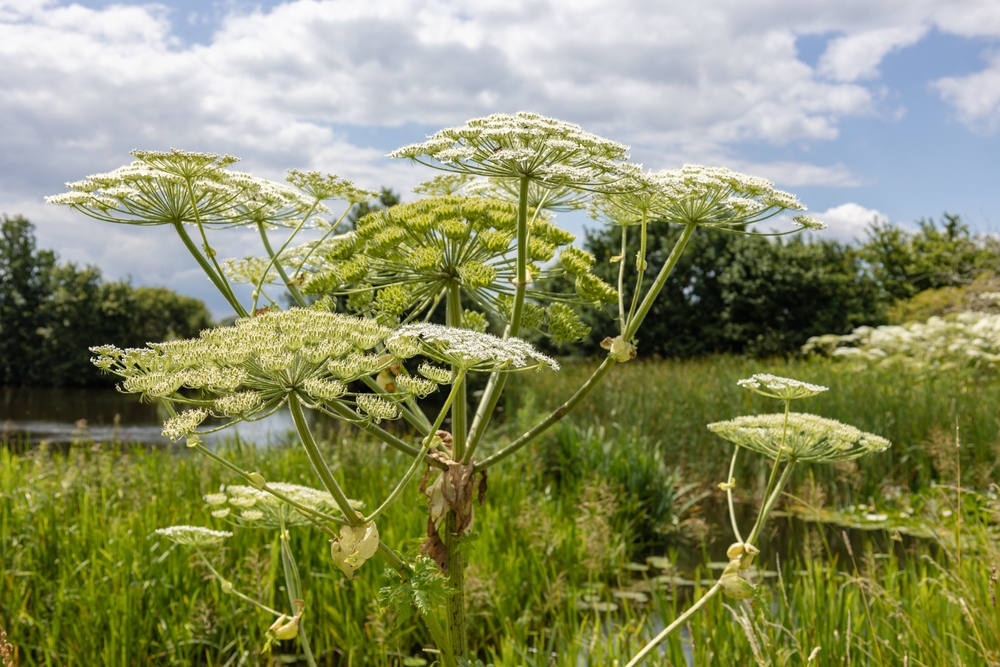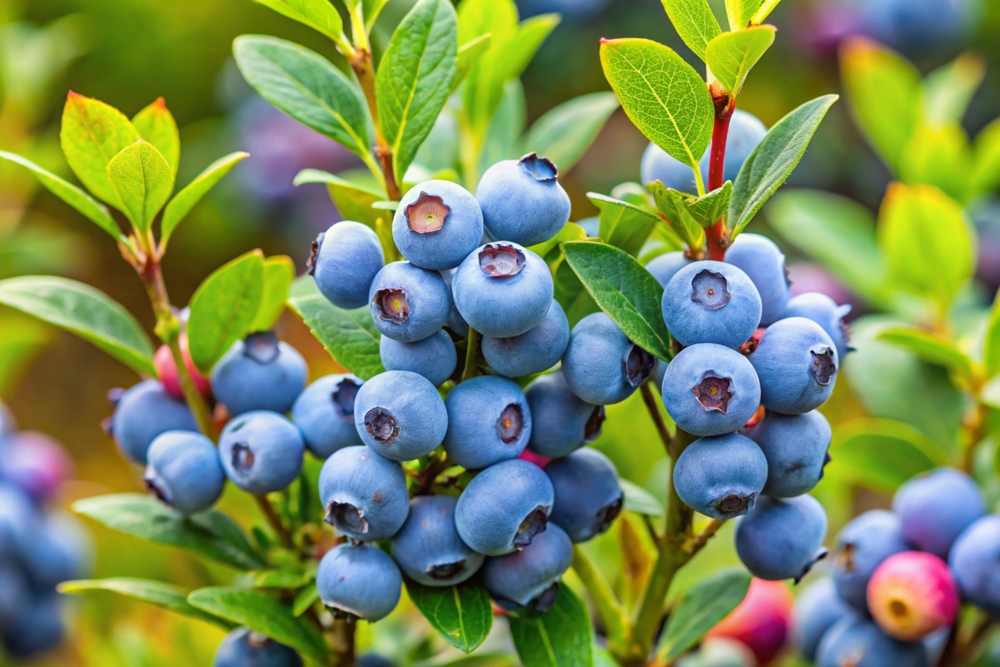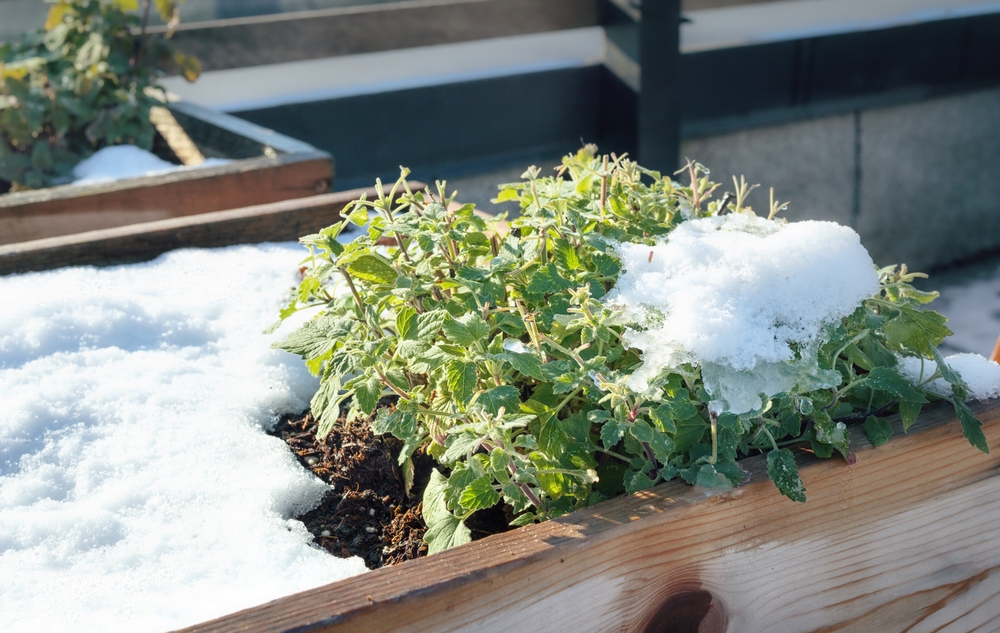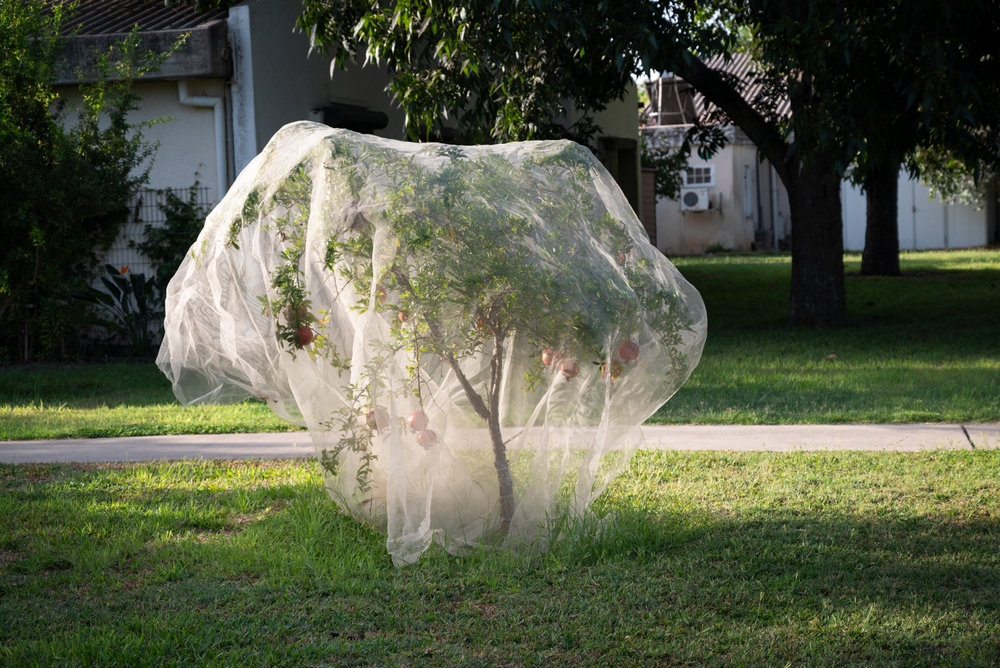We’re not quite sure if you’ve heard about it or not, but people stealing your vegetables has become a thing. Luckily, gardeners are used to finding all kinds of ways to outsmart creatures like raccoons, squirrels, moose, deer, and cabbage moths.
But when it comes to two-legged pests with rationality (or so they’d say), we need a whole new set of tactics. It’s quite frustrating, in all honesty, especially since you’d expect more from humans, right?
Community gardens, for example, always have their own special “share beds” with out-in-the-open signs directing hungry visitors to designated harvest areas which beds are rented by individuals and which ones might be off-limits.
Too often, the signs are ignored. Gardeners who have labored over their vegetables for months now found their harvest basket almost empty. Someone else was already there to EAT everything. So here are some efficient ways to deter humans from stealing your crop:

Spiders and snakes
Many humans have a well-known aversion to spiders, snakes, rats, and mice, especially when they don’t expect them. However, a few toy replicas strategically placed here and there in your tomato vines can deter a thief.
This could, of course, backfire if the human investigates and realizes they are fake. But who’s not afraid of snakes, really? Even worse, if they screamed like a schoolgirl in front of their friends, they might give up investigating, which would save you the trouble.
Or, alternatively, if it’s an older person with a heart condition, they could kneel over then and there. Perhaps a tomato isn’t worth the hassle, or at least that’s what I’d think.
Disguise the prize
We’d advise you to buy nylons (the green ones if you can) and secure the fabric around the tomatoes. This would prevent would-be thieves from spotting the tell-tale ripening orbs. This also means that you need to be vigilant, so those tomatoes won’t become overripe without you noticing.
For produce, you will peel a squash or cucumbers, and use a nontoxic natural-based dark felt pen to color the blotches on the skin. People are less likely to want your produce if it looks diseased.
Bury the evidence
In an ideal world, root vegetables like potatoes, carrots, beets, and onions can be simply left in the ground, long after they go to the harvestable size. They keep better that way, and if you happen to live in an apartment (like many community gardeners), you won’t get access to a cold room or root cellar.
There are many humans who have zero clue what these root crops are supposed to look like anyway, so they will leave them alone. Others are a bit savvier, that’s true, and will recognize the tops from carrots, beets, and onions that are generally sold with the tops on in the store.
As soon as the roots are mature, you can cut the tops off and cover any exposed roots with a loose layer of leaves, coir, or even peat moss. Now, it looks as if you already harvested the crop and you’re the only one who knows what really goes under there. The downside is that you could attract mice who will be more than happy to hide undercover and nibble on those roots.
Appeal to heartstrings
If you have a kid or grandkid who assists you with your garden, make a sign with them that says “Samuel’s Garden” with small handprints or something that makes it obvious that a child is involved. Now, if you were to ask me, only the most heartless would steal from a kid.
Or, you could also make a sign explaining as nicely as you can that this is your garden. You would also ask them not to take anything. You could even leave a shared basket and show that anything in the basket is free for taking but please leave the garden alone.
Make some noise
Dangle bells, tin cans, and old toy tambourines from fishing lines throughout the garden. This way, when someone reaches into the beds, they will also set off a cacophony of noise and unwanted attention.
Some people could set up a one-time perimeter fence based on the very same principle, in the hope that the intruder will snag their ankle on the fishing line and be left dragging an assortment of noisemakers. With some luck, that person would trip, fall, and hit their head and sue me. Or, alternatively, an innocent dog or cat could get tangled up in the fishing line.
Dust your vegetables
Dust ripening vegetables like pea vines, tomatoes, peppers, squash, cabbage, kale, and lettuce with organic flour. No worries, it won’t damage the plants, but those thieves will think it’s some kind of pesticide and they will steer clear. Moreover, if your community garden is just organic (as most of them are nowadays), make sure you let the manager know what you’re up to, to avoid getting kicked out.
Wire the root crops
After you’ve efficiently seeded your root crops, consider stretching a chicken wire over the entire bed and secure them with stakes or staples, depending on whether or not you have a raised bed or a regular plot.
The plants won’t have any trouble poking their way through, even if thieves will have a hard time pulling potatoes through a two-inch hexagon. Naturally, the same can be said for you, and it will make stealing your potatoes impossible, but you will have to rely on mulching over the chicken wire instead.
Moreover, there’s really nothing to stop the marauders from pulling the wire off or even using wire snips to expand he holes. Chances are they will decide it’s too much to bother with and they will simply move on.
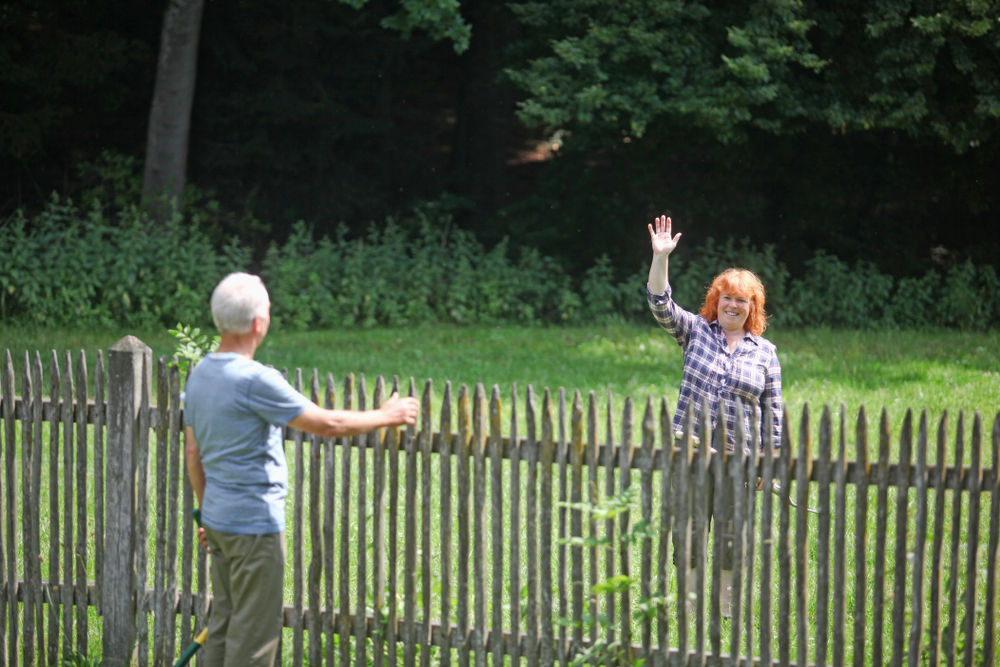
Unusual offerings
One of the best things about growing your own veggies is that you can simply plant those types that are almost impossible to find in a grocery store. This would also mean that people won’t recognize what’s right under their noses, which is a great thing.
For instance, yellow tomatoes are tasty, but they’re not instantly recognized as being ripe, compared to red ones. In fact, some tomatoes ripen from the inside out and are picked green. Tomato heirlooms like Black Krim are so dark, they look like they’re rotten even if they’re absolutely tasty.
Ground cherries, edible flowers, edible veggie leaves, yellow raspberries, purple broccoli, and purple beans are only a couple of examples that you could easily grow in plain sight, but they’re anything but plain.
Just for the shell of it
Humans are known to be cunning creatures, but they’re also downright lazy. They are also unlikely to go to the trouble of stealing veggies that require further labor-intensive processing. Plant shelling beans and soup peas, they’re not as tasty fresh, but they’re absolutely delectable dried and used in soups or stews.
Some gardeners have also interspersed plantings of garden peas with shelling peas or beans to maximize crop space and to hide the coveted fresh garden peas from marauders with the munchies.
Plant stinging nettles
This might be a bit mean, but if you’ve reached this point, then by all means you might as well try it. Once stung by nettles, thieves are quite unlikely to return. You might have cured their arthritis, but also their curiosity. I know someone who swears that running her bare hands and arms through a nettle patch relieves arthritis. Nettles are great for you, so you won’t just plant them as a deterrent. You can harvest them too, if you want.
If you found this article insightful, we also recommend checking 9 Companion Planting Mistakes That Will Wreak Havoc in Your Garden

